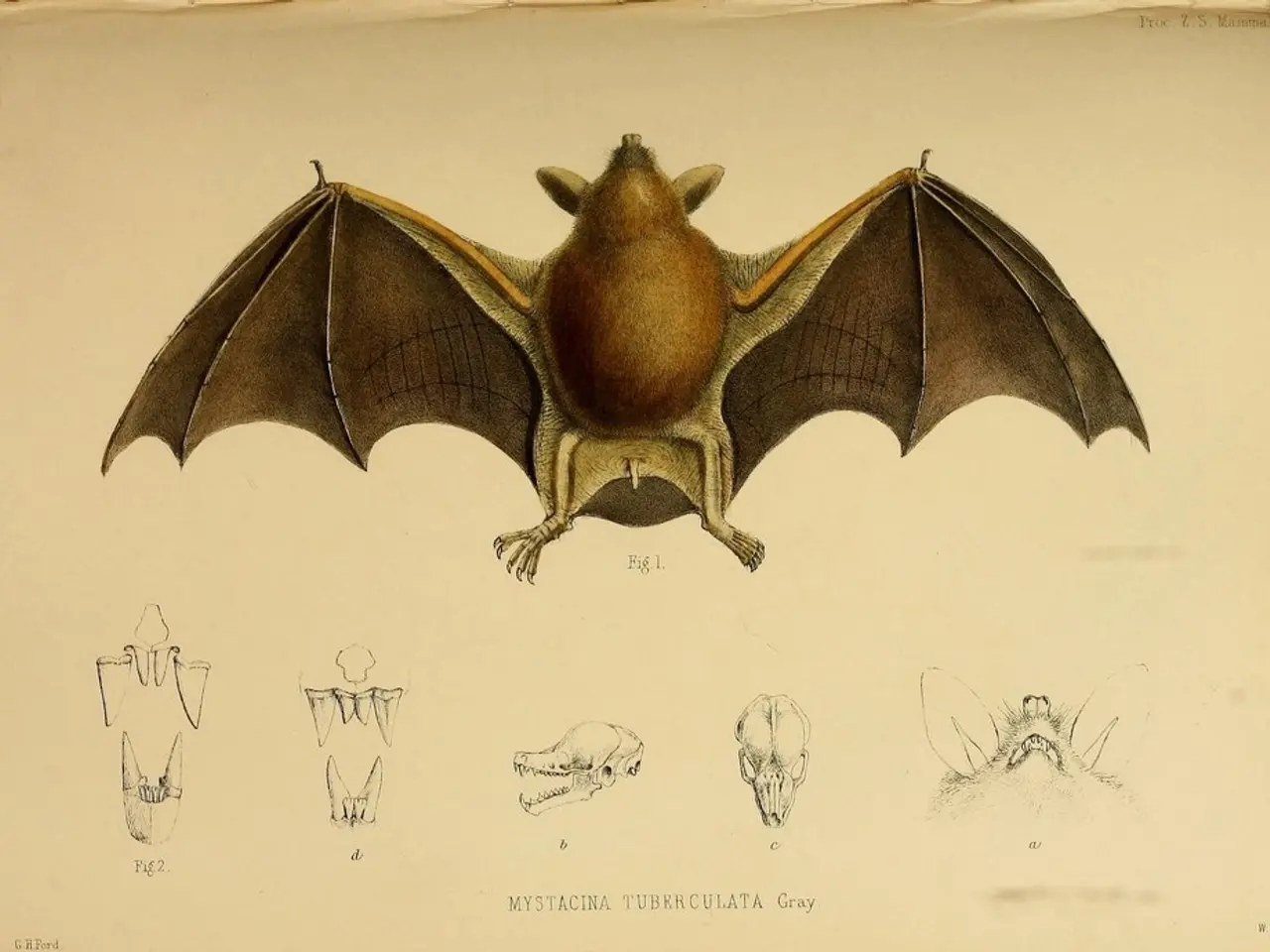Improvements in the recycling of lithium-ion batteries lead to increased recovery of valuable metals and decreased carbon footprint
A groundbreaking study led by Prof. Dan Tsang has shed light on a critical factor that has been hindering the efficiency and sustainability of lithium-ion battery (LIB) recycling – the solvent-dependent behavior of aluminum contamination.
The research, published in the journal Advanced Science, reveals that even minute amounts of aluminum can fundamentally alter the behavior of NCM (nickel-cobalt-manganese) materials in recycling systems. This finding forms a coherent roadmap to overcome two critical bottlenecks in LIB recycling: impurity interference and energy intensity.
The team employed advanced microscopy and density functional theory (DFT) modeling to study the impact of aluminum on lithium-ion battery recycling. They discovered that aluminum impurities infiltrate NCM cathode materials during mechanical disassembly, restructuring the cathode's chemistry by forming ultra-stable aluminum–oxygen bonds. These bonds immobilize valuable metals (Ni, Co, Mn), suppressing their leachability and complicating metal extraction, especially under acidic solvent systems widely used in hydrometallurgical recycling.
The behavior of aluminum in the recycling leaching process varies by solvent type. In acidic solvents like formic acid, aluminum slows down the release of critical metals due to stabilized bonding and suppressed metal dissolution. In contrast, in basic solvents such as ammonia, aluminum enhances metal release, facilitating better leachability of Ni, Co, and Mn. In deep eutectic solvents (DES), results are mixed, signifying that solvent choice critically influences aluminum's effect on metal recovery.
To address these challenges, the study proposes several optimization strategies for efficient critical metal recovery and reduced carbon emissions. These include selecting solvents that minimize the immobilization effect of aluminum, employing advanced impurity-management schemes, incorporating precision impurity analysis and smart decomposition methods, and integrating closed-loop solvent systems and sequential purification steps.
These solvent-based process innovations align with the United Nations Sustainable Development Goals by lowering energy intensity and carbon emissions while enabling cleaner, high-yield recovery of critical metals from LIBs.
Prof. Tsang emphasized that these innovations are reframing what efficient, climate-aligned battery recycling looks like. By managing aluminum's solvent-dependent behavior and carefully tailoring the chemical environment in recycling processes, it is possible to unlock higher recycling efficiency and sustainability in LIB recovery. This necessitates a paradigm shift in solvent selection, impurity control, and hydrometallurgical design for the circular economy of batteries.
In conclusion, the advances in lithium-ion battery recycling not only enhance critical metal recovery but also reduce carbon emissions. This study is a significant step towards building a more sustainable future for battery technology.
Science and technology have played crucial roles in addressing the challenges of lithium-ion battery (LIB) recycling, as evidenced by a groundbreaking study led by Prof. Dan Tsang. This study, published in Advanced Science, has focused on understanding the solvent-dependent behavior of aluminum contamination in environmental-science contexts, specifically its impact on lithium-ion battery recycling using data-and-cloud-computing techniques for analysis. The findings could potentially help overcome bottlenecks in LIB recycling, including impurity interference and energy intensity, thereby contributing to a more sustainable future for battery technology in line with the United Nations Sustainable Development Goals.




